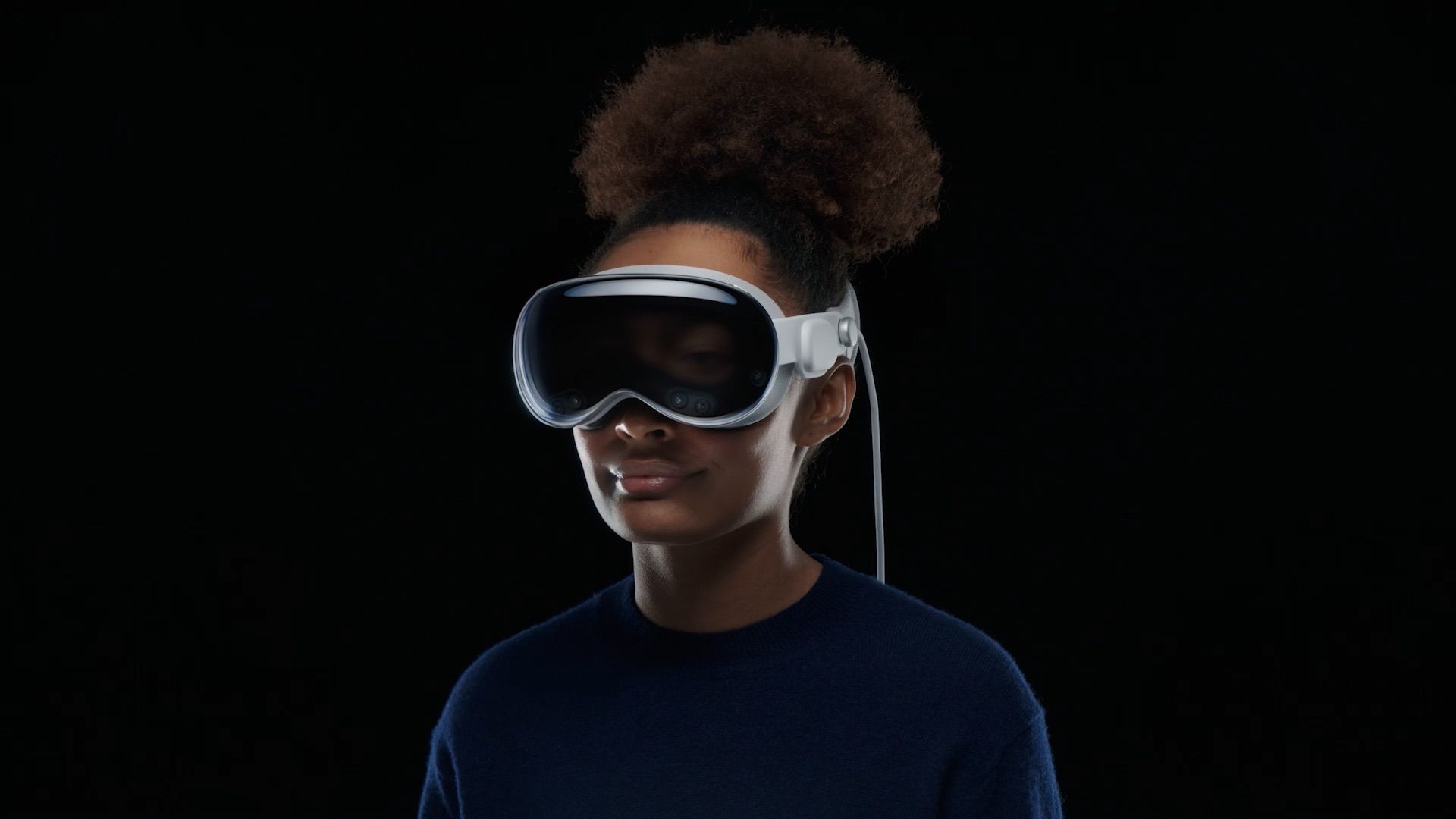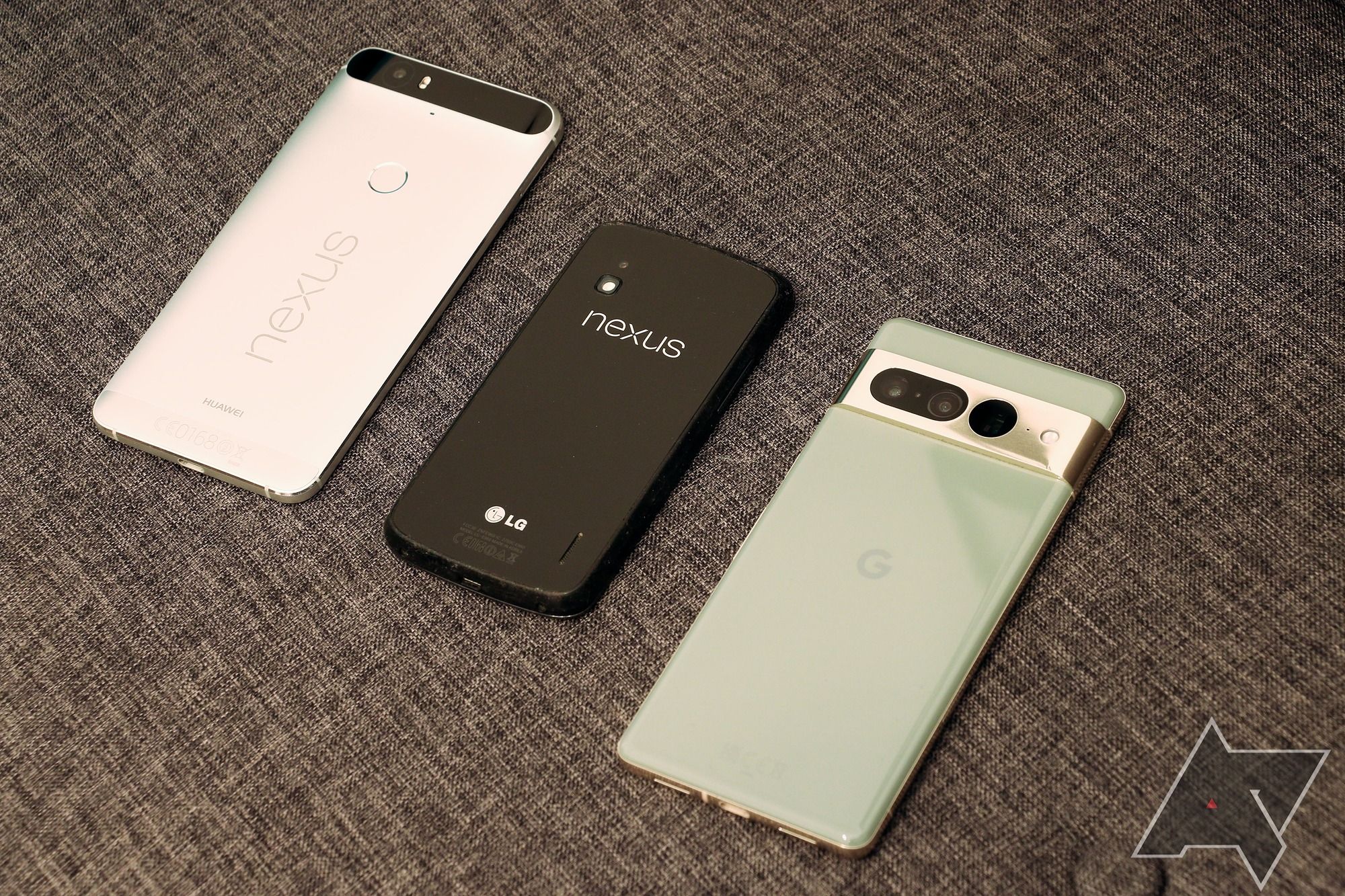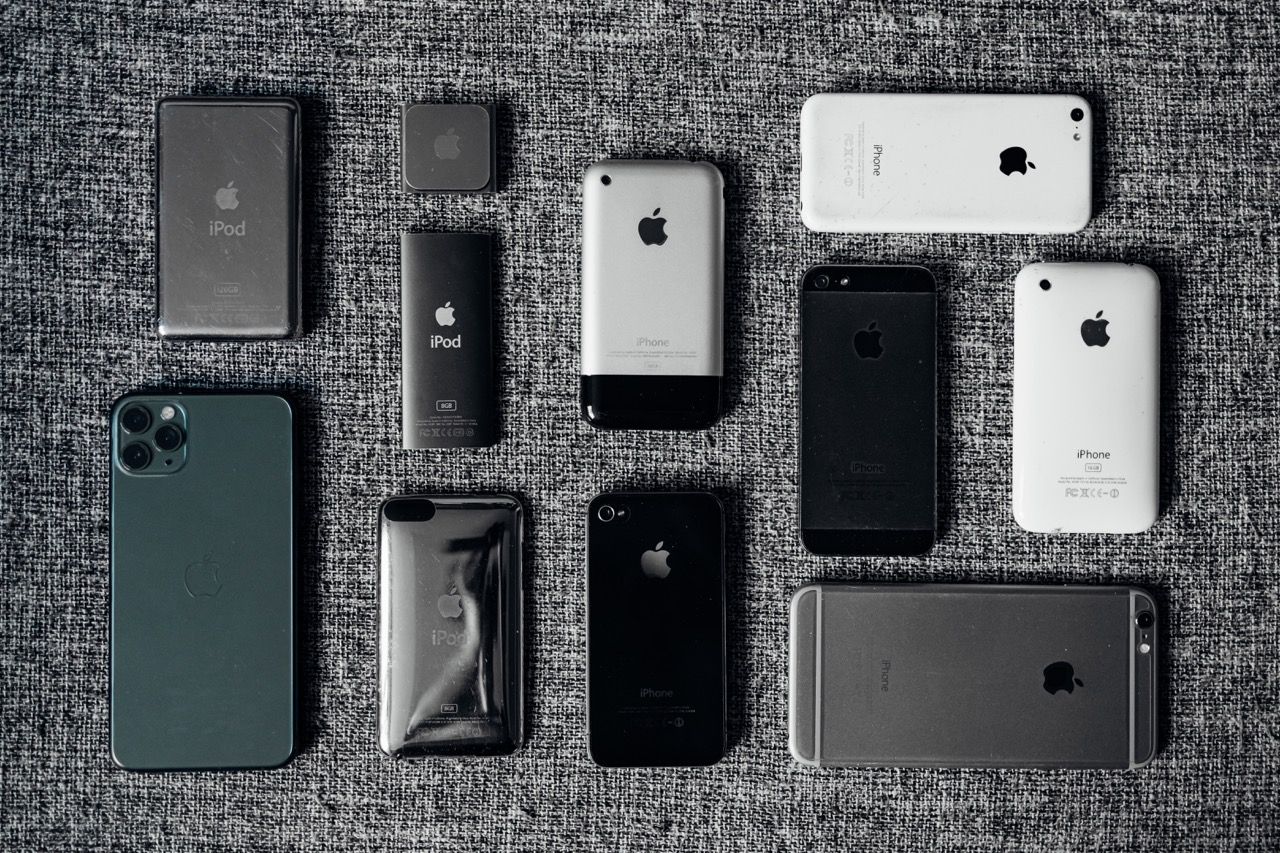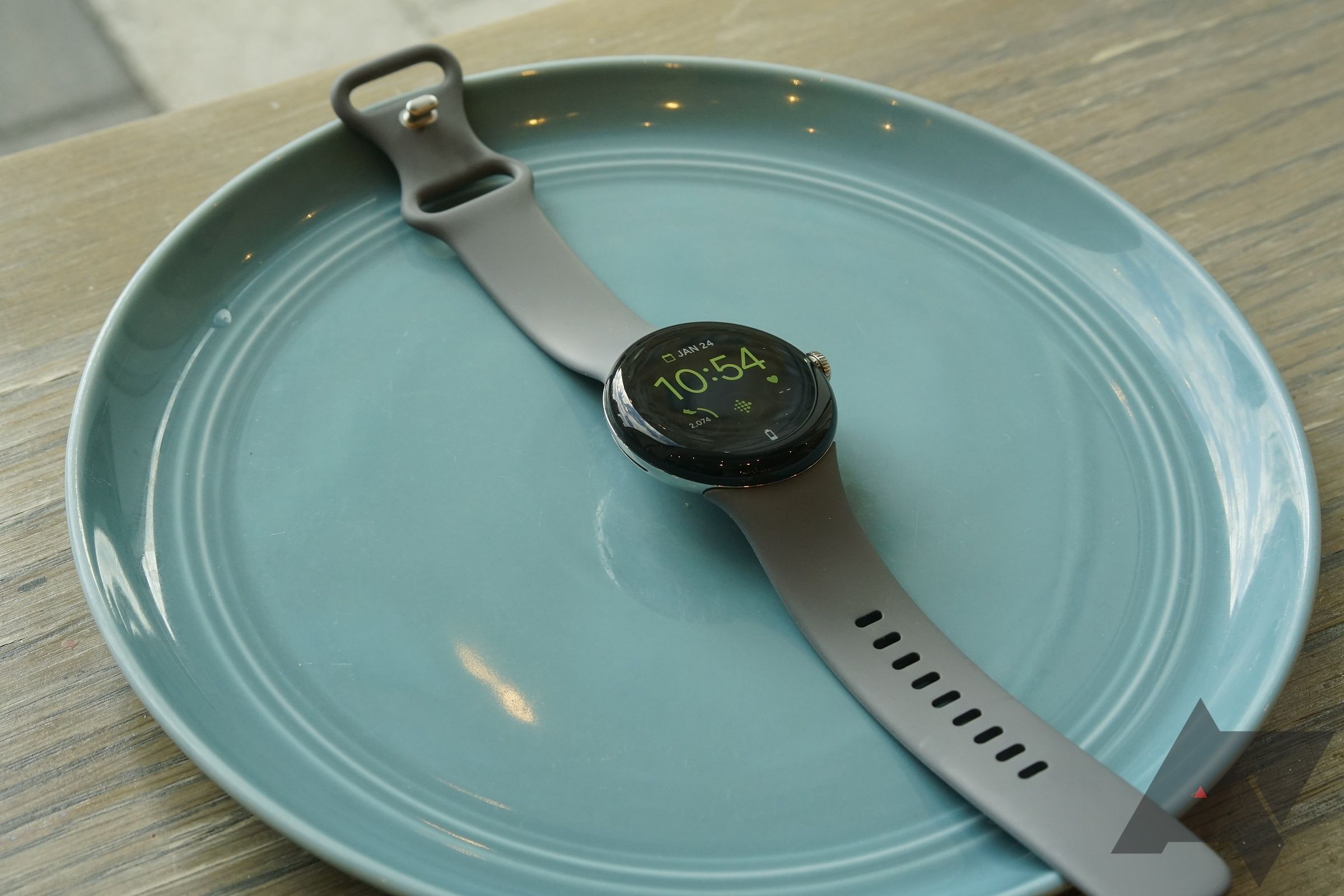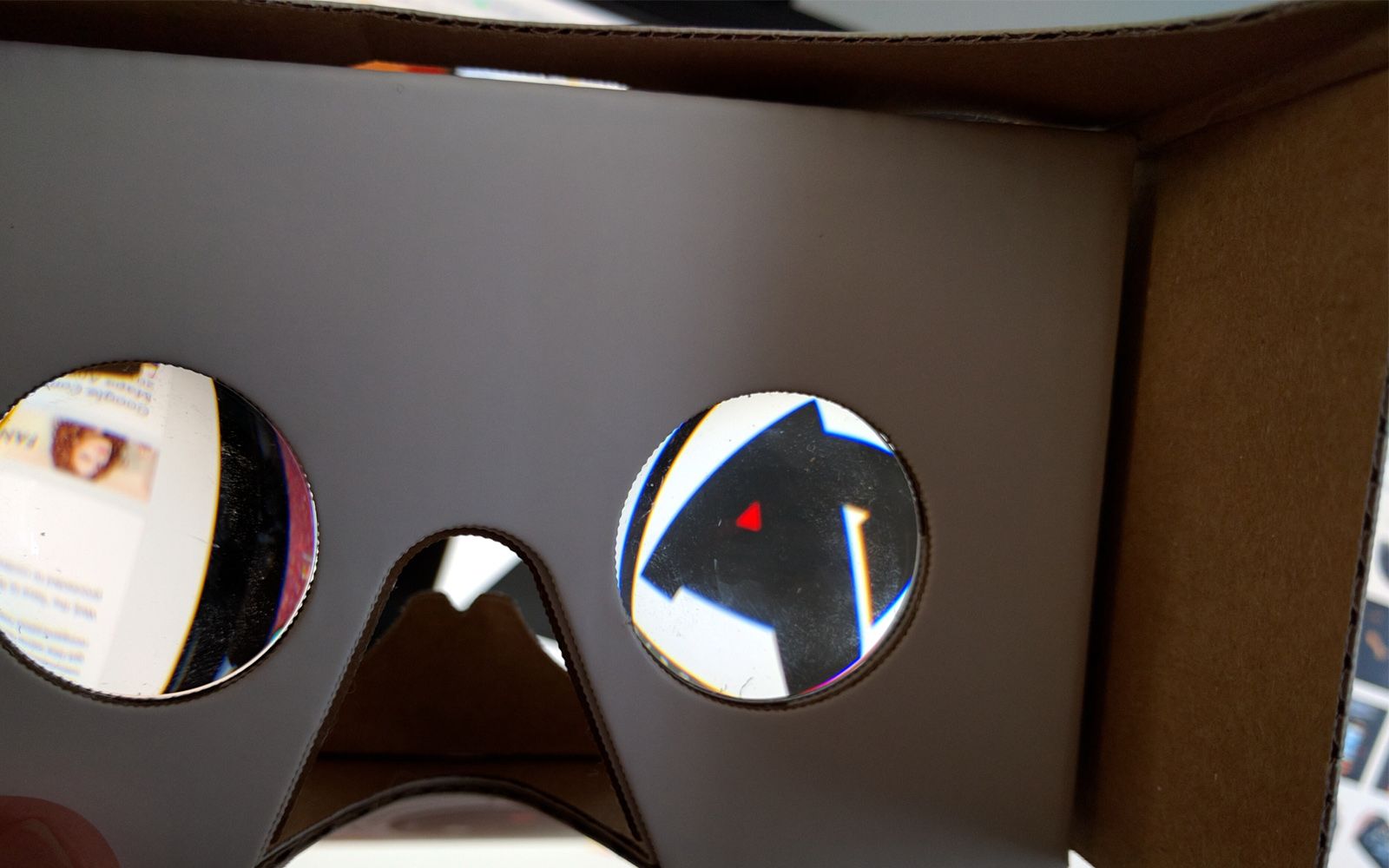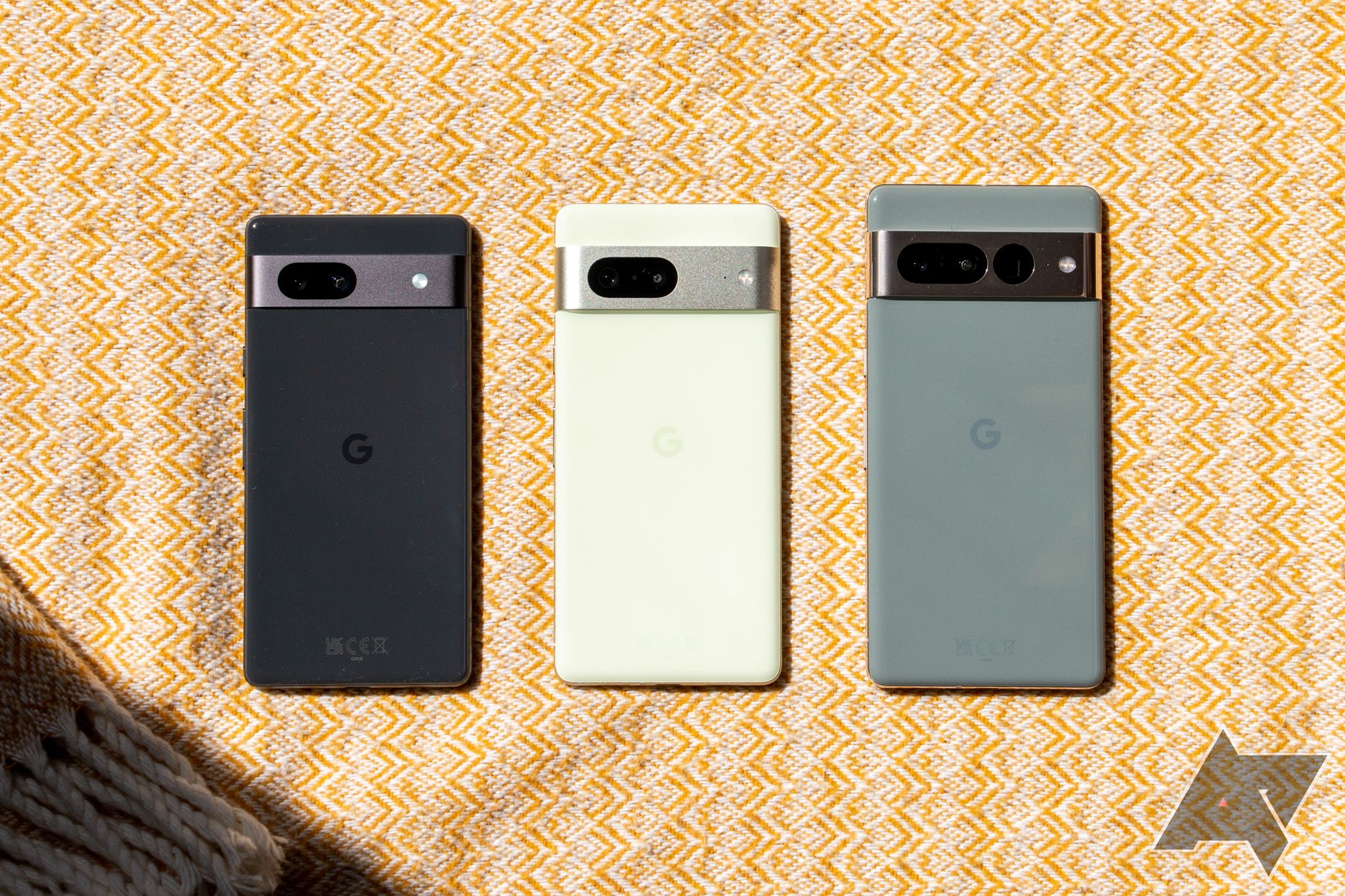Apple introduced its new AR headset, the Vision Pro, at WWDC on Monday. With its steep $3,500 price tag and measly two hours of battery life, this is a daring product to say the least. But for as dorky as it looks and as questionable as the use case for it feels today, I still think it has a lot more potential than many products Google tried to build — and failed.
Google may have started out as a humble search engine, but the company has long grown to become so much more than that. It's safe to say that it touches almost every part of our online lives, especially if you're using one of the latest and greatest Android phones. In contrast to Apple (which, to be fair, definitely has its own set of issues) Google has a big problem, though: It managed to get a reputation as a company that is notorious for killing beloved products prematurely. Even the products that do get long-term support end up feeling less focused than Apple’s efforts.
This infamy overshadowed the launch of Google’s game streaming platform Stadia back in 2019, with many people vowing never to use the service, as Google would surely just shut it down. Fast-forward a mere three years later, and these naysayers were proven right, with Stadia’s death almost feeling like a self-fulfilling prophecy.
Stadia may be the crassest example, but even products that don’t end up quite so publicly executed aren't always showered with love by Google. It’s clear that Google’s journey to tablets, wearables, and VR are littered with detours and dead ends, whereas Apple’s trajectory has usually been more straightforward.
With Apple launching its new headset yesterday, this issue becomes even clearer. Let me explain what I think is the key difference between Apple's and Google's approach to new products.
How did we get here?
That Google seems to lack an overall vision and often acts like a scattershot collection of disjointed parts is hardly a fresh observation. The company often makes big promises and presents big ideas it doesn't keep: the demise of Google Reader, the end of Google Plus, and the high profile entry and exit from the gaming industry with Stadia — all things that may be related to a company culture that values new launches more than excellent maintenance.
Other companies also kill products, but when you look at Apple, you won't see that many high-profile exits, or efforts approached with a poorly formed vision. Whereas Google products have a bad habit of feeling like betas that are never bothered with again after the first release (who remembers Google Clips?), Apple usually supports its stuff for the long haul.
There is also generally more continuity on the Apple side of things. Google fully rebooted its smartphone lineup with its switch from the Nexus phones to the Pixel series, and then kept widely changing hardware design and performance in the following years, leaving customers scratching their heads as to what makes a Pixel phone a Pixel phone. While this has arguably gotten better with the new Tensor-powered Pixel devices, in contrast, Apple’s iPhones have always represented a much more clear lineage, with devices that may have become more iterative than anything, but you always knew what you got. This is even the case for commercially less successful products like the iPhone Minis, which enjoy the same level of support as their better-selling peers.
Apple is also capable of sticking with a product even if it isn’t an immediate homerun right from the start. The first iPad was laughed at as a device lacking a clear purpose, looking like an overgrown iPhone, but it has long evolved into a category of its own, with different tiers of iPads available for all variety of users — and most of them routinely outdoing even the best Android tablets out there. The first Apple Watch was also of questionable utility, with Apple itself seemingly unsure what to do with the form factor. Fast-forward a few iterations, and the Apple Watch is the smartwatch to beat.
Of course, this strategy backfires at times. Apple stuck with its flawed MacBook butterfly keyboard design for way too long, only for microscopic specks of dust to permanently disable keys over multiple laptop generations. The company also took far too long to realize that people like having ports on laptops, with the Pro lineup only recently delivering an SD card reader again. On the iPhone side of things, Apple also had to acknowledge that its 3D Touch system was overengineered, with the company stripping it out a few generations later.
Across all these attempts — and yes, even through the failures — there is a clear path and a fleshed out ecosystem to be seen in Apple's efforts.
Google’s wearable journey is a perfect example
Meanwhile, Google’s track record isn’t a straight line like that. Let’s take wearables, for example. Google entered, exited, and rebooted its efforts in the market multiple times. The company first launched Android Wear in 2014 to much fanfare, leapfrogging Apple by about a year. From the get-go, Google didn’t offer hardware of its own for the platform, leaving the playing field to partners like Samsung, LG, and Motorola, with the latter briefly existing as a Google subsidiary before being sold to Lenovo in early 2014.
Following the initial slew of new hardware, the platform was quickly held back by underpowered, old processors, further hindered by Google's apparent lack of interest. Four years later, in 2018, Google attempted to refocus its efforts with the big Wear OS rebranding, though even then, the platform was mostly left languishing and without new features. Many of the original partners abandoned Wear OS altogether, leaving it to fashion brands like Fossil to fill the gaps — or creating their own solutions, like Samsung with Tizen.
Then, in 2021, Google finally teamed up with Samsung to basically fully relaunch Wear OS, with the best from Tizen coming over to integrate with the platform for version 3.0. Qualcomm also has newfound interest in Wear OS, with its latest chips much more powerful and capable of longer performance than what we had to deal with for years. In 2023, with the Google Pixel Watch representing the vision of what Google has in mind with its wearable efforts, the company is finally on track to create a better product.
It took Google eight years to serve up its first self-made wearable
However, in the meantime, Apple just kept iterating and working on its Apple Watch and the accompanying watchOS — so much that it just utterly dominates the smartwatch market at this point. Google even had a head start of one year before Apple introduced its watch, and yet it feels like the company is only now getting serious about its wearables platform — almost 10 years later and only after a partnership with Samsung and acquiring Fitbit.
That’s despite the Apple Watch being far from a home run in the beginning. Apple itself seemed to struggle to work out how to position its watch in the beginning. It initially introduced it as some kind of miniature iPhone replacement, only to pivot to the health and digital wellbeing market a few generations in, framing it as a companion to the iPhone rather than a potential replacement. In this case, Apple was brave enough to experiment with the form factor and find a good purpose for it, whereas Google seems to have decided to just let it languish in the absence of clear selling points.
Google could have led the AR/VR world
These same issues can be seen elsewhere, including AR and VR. Google made its first big push into the world of augmented reality with Google Glass, which were arguably ahead of their time. After backlash ensued with the “Glassholes” moniker and everything else around it, the company ended up abandoning its grand plans for AR, delegating its glasses to the business and manufacturing world.
It's worth mentioning that both Apple and Google have been good about making AR a pillar feature of their mobile operating systems, even if they haven’t created new device categories just yet. Snapchat, TikTok, and Instagram filters all utilize these underlying technologies for their advanced filters, and you can use AR to help you navigate a new place, place virtual new furniture in your home, or catch them all in Pokémon Go. But all this sort of app-based functionality just doesn’t quite feel like the revolution that Apple is trying to push with its new Vision Pro headset, or that Meta envisioned with the metaverse.
In the VR world, Google attempted to enter the market from the bottom. Its Cardboard headsets were an incredibly accessible introduction to the magic world of VR, requiring only a phone and either a homemade or cheaply purchased Cardboard viewer. Even Google’s later Daydream endeavor wasn’t expensive compared to the likes of a Meta Quest today. But here, Google again quickly lost its focus, abandoning both Daydream and Cardboard sometime after launch, without ever shepherding more groundbreaking capabilities or much needed refinements to the platforms.
Apple stands a better chance than Google ever would
It’s far from clear that Apple will manage to overcome all the obstacles surrounding AR and VR with the Vision Pro. It seems pretty clear from even this early look that the headset is more compromised than many other first-generation Apple devices. It needs to be connected to an external battery pack at all times, which can only provide it with enough power for two hours. Using VR is a fundamentally lonely experience, and it’s much less socially accepted to don a headset around other people than it is to use a phone. Let’s not even mention the prohibitive cost of $3,500, the fact that you’ll only be able to buy one next year, or the question of what exactly the problem is that the Apple Vision Pro wants to solve.
I’m not arguing that it’s going to be a difficult battle for Apple to make the Vision Pro a product with mass appeal. It definitely will be. But at the same time, I remember how people scoffed and laughed at the first iPhone. In many ways, the first iPhone was objectively worse than cheaper competing products, lacking third-party apps and even support for device wallpaper. The way Apple managed to win over customers was via great software, providing an easily usable and fluid interface.
From the few hands-ons of the Vision Pro I’ve read and seen so far like from The Verge or MKBHD, the Vision Pro seems to nail the interface aspect, too. It seems to be much easier to use than competing products, with Apple’s eye-tracking functionality working spot on and helping you easily pick out individual icons. It’s even possible to properly see something as small as a phone screen through the Vision Pro’s cameras, allowing The Verge’s Nilay Patel to take notes on the experience while at it, which is quite frankly incredible.
The first Vision Pro might not represent the breakthrough moment that people think it needs to be, but event that wouldn't mean that Apple would stop there and call it a failure — this isn't Google we're talking about, after all. Instead, I can see Apple pushing through obstacles, working to resolve issues, and finding the right places and use cases for its VR wearables.
Google only offers this level of commitment with business-focused products
It seems like the only Google products you can rely on are business-first. Sure, Google Search is a consumer search engine, but it’s monetized by advertisements Google sells to other businesses. Android and ChromeOS may also seem consumer-facing on the surface, but Google has a lot of obligations to fulfill to other business partners that influence these platforms. This is also true for Workspace, which may be for free for regular users, but is also something Google sells to enterprises as a package.
The exception that proves the rule here might be Google Photos, and if you look at the bigger picture, it’s clear why Google prioritized the service so much. For the price of some affordable server storage space, Google could have millions upon millions of pictures to train its image processing algorithms on, something that gives it a huge edge in technology powering its Pixel phone’s cameras — and, more importantly, Google Lens and Google Maps. The transition to paid storage tiers only for Photos users was just the natural next step at some point.
It also seems like Google is finally learning its lessons, or at least some of its departments are. Even though the company killed Stadia earlier this year, it launched a much more concentrated hardware effort with the Pixel 6 onwards, bringing its devices together under a unified design language, all powered by its custom SoC. The big question is just if Google will keep its positive momentum going this time.
I probably won’t buy the Apple Vision Pro anytime soon. If everything works out for Apple, the VR wearable might well still transform the way I, and anyone else who doesn’t even own a single Apple, device use technology. After all, the iPhone managed to do the very same. I’m definitely here to see what Google, Samsung, Meta, and more are going to come up with now that we’ve had our first look at the Vision Pro.

